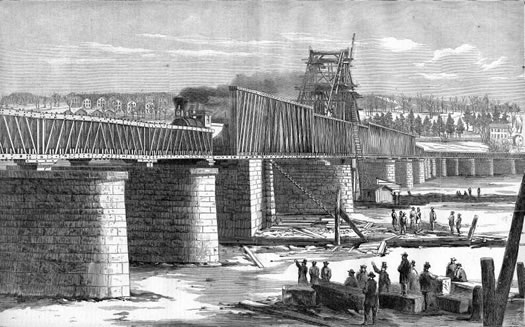-
Voluntary power
•
More from the Albany Public Schools Syllabus of Physical Training, 1914: “For those children who have not the voluntary power for assuming correct posture, the teacher must give individual correction. It is necessary that this class of children be placed in the correct position by someone else until they have acquired the voluntary power…
-
Albany Public Schools Physical Training, 1914
•
From 1914, the Albany Public Schools Syllabus of Physical Training presented a highly prescriptive program for physical education. If it reflects the inclinations of its arranger, Laurence S. Hill, we can assume he was something of a stern taskmaster. A few examples from “Instructions to the Teachers”: “Ventilation and Temperature: Ventilate the rooms thoroughly…
-
First Plastic — but not here
•
I always used to love seeing this historical marker for “First Plastic,” way out on Albany’s Delaware Avenue. At the time there was a Friendly’s on the site of the old billiard ball factory, which I still vaguely remembered from before it was torn down in the ’80s. Then I finally went to take…
-
First Church in Albany
•
Philip Hooker’s building for the First Church (also known as the Dutch Reformed Church) was built in 1798. Its cupolas are still among the most recognizable landmarks of downtown Albany, though it appears they could use a little loving care. Previously: Burying a Pauper.
-
Again, Albany Grease
•
Adam Cook’s sons, makers of Albany Grease, had long since decamped from Albany when this ad appeared in 1924, but it’s so lovely I couldn’t help but share it. And a copy of it is available for sale on Amazon, in case you’re into lubrication-related ephemera.
-
Albany Grease
•
“The history of Adam Cook’s Sons is the story of the growth of Albany Grease and the tale of Albany Grease is the record of grease lubrication from its infancy up to today.” At least, that was the opinion of an enthusiastic promoter who regularly secured articles extolling the virtues of Albany Grease in…
-

The Livingston Avenue Bridge
•
This article originally appeared at All Over Albany; somehow I never posted it here at Hoxsie. The Livingston Avenue Bridge, the graceful and anachronistic swing bridge that carries trains across the Hudson River at Albany and still swings open to let larger ships reach Troy, has been part of the landscape longer than anyone…
-
Albany, Troy, and the bridge
•
In 1841, the residents of Albany were still hoping for a bridge, and the residents of Troy were still hoping they wouldn’t get it. Troy and Waterford had the only bridges across the Hudson at the time, which were considered a tremendous commercial advantage. In addition, it was certain that a bridge at Albany…
-
Home of H.O. Wilkins
•
From the Robert N. Dennis Collection of Stereoscopic Views, we have the home of one H.O. Wilkins. Undated like so many others, this lovely looking structure was at 241 State Street in Albany, probably just about where the Alfred E. Smith building currently imposes its bulk. More about Mr. Wilkins, or why his home…
-
How Albany used to celebrate New Year’s Day
•
The manner in which the inhabitants of the town [of Albany] celebrate New Year’s Day: I had travelled far enough in the day to hope for a quiet sleep, but, at four in the morning, I was awakened by a musquet fired close to my windows: I listened, but heard not the smallest noise,…
